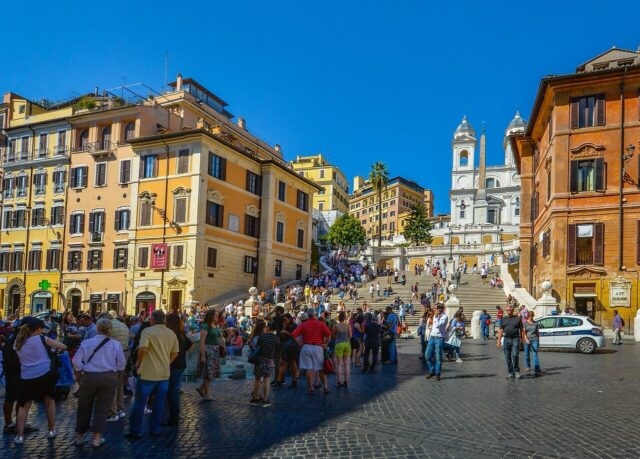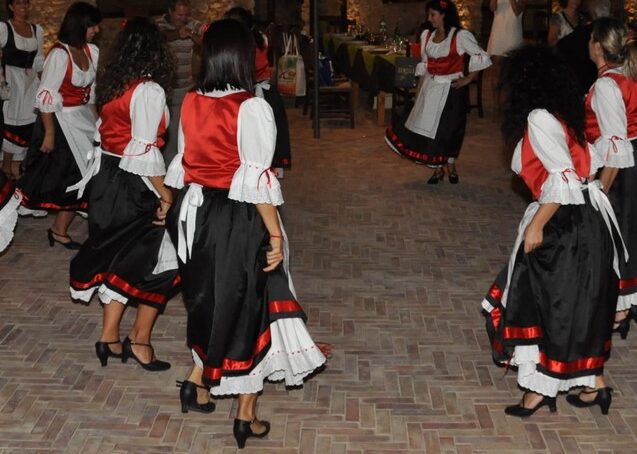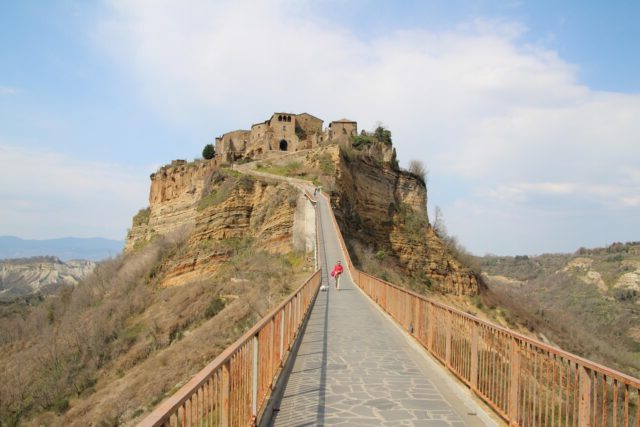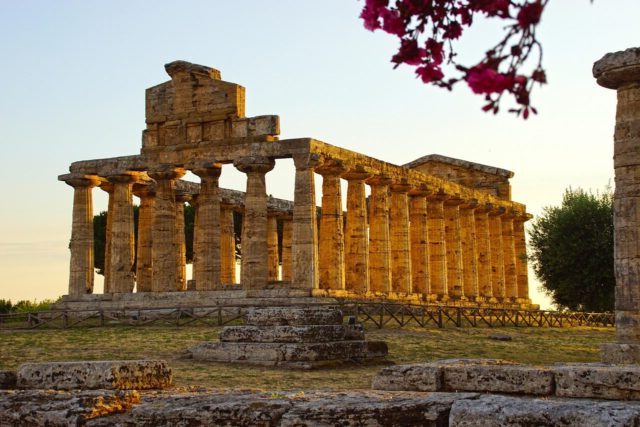Nestled in the heart of Rome, Piazza di Spagna stands as a timeless testament to the city’s rich history, architectural brilliance, and cultural significance. This iconic square has captured the imagination of travelers, artists, and historians for centuries, serving as a vibrant hub where the past seamlessly blends with the present. Whether you’re an art enthusiast, a history buff, or simply someone seeking beauty in unexpected places, Piazza di Spagna offers an experience like no other. In this article, we’ll take you on a journey through its fascinating origins, explore its evolution over the centuries, and uncover why it remains one of Rome’s most beloved landmarks today.
The Historical Roots of Piazza di Spagna: A Square Born from Diplomacy
Piazza di Spagna owes its name and much of its historical significance to the Spanish Embassy to the Holy See, which has been located in the area since the 17th century. However, the story of this iconic square begins long before its modern identity took shape. The site originally served as a convergence point for several ancient Roman roads, making it a natural gathering place even in antiquity. Over time, as Rome evolved into a bustling medieval city, the area became increasingly important for both commerce and diplomacy.
The transformation of Piazza di Spagna into the grand space we know today began in earnest during the Renaissance. The Spanish monarchs, eager to establish a strong diplomatic presence in Rome, acquired properties in the vicinity and commissioned the construction of the Palazzo di Spagna, the official residence of the Spanish ambassador. This marked the beginning of the square’s association with Spain, a connection that would endure for centuries and give the piazza its enduring name.
Beyond its diplomatic ties, Piazza di Spagna also played a pivotal role in shaping the urban landscape of Rome. Its strategic location at the base of the Pincian Hill made it a gateway between the city center and the affluent neighborhoods to the north. Wealthy families and influential figures were drawn to the area, commissioning palaces, churches, and fountains that added to the square’s prestige. By the late 1600s, Piazza di Spagna had emerged as a vibrant nexus of power, culture, and innovation—a reputation it continues to uphold to this day.
The Legendary Spanish Steps: A Monumental Masterpiece
At the heart of Piazza di Spagna lies one of Rome’s most celebrated landmarks—the Spanish Steps. Designed by the Italian architect Francesco de Sanctis and completed in 1725, this sweeping staircase is a masterpiece of Baroque architecture that connects the square below with the Trinità dei Monti church above. Commissioned by Pope Innocent XIII and partially funded by the French diplomat Étienne Gueffier, the steps were intended to enhance the prominence of the church while providing a striking visual link between the two levels of the city.
The design of the Spanish Steps is nothing short of extraordinary. Comprising 135 gracefully curved steps, the staircase unfolds in a series of cascading tiers, each adorned with intricate stonework and balustrades. At the base of the steps sits the Fontana della Barcaccia, a whimsical fountain shaped like a half-sunken boat, designed by Pietro Bernini, father of the renowned Gian Lorenzo Bernini. The fountain not only adds charm to the square but also serves as a reminder of the Tiber River’s frequent flooding, which once threatened the area.
Over the centuries, the Spanish Steps have become more than just an architectural marvel—they are a symbol of romance, creativity, and human connection. Artists and writers, including luminaries such as John Keats and Percy Bysshe Shelley, found inspiration in the square’s serene beauty. To this day, the steps remain a popular gathering spot for locals and tourists alike, offering breathtaking views of Rome and a perfect vantage point for soaking in the city’s timeless allure.
Cultural Significance: A Hub for Artists, Writers, and Intellectuals
Throughout history, Piazza di Spagna has been a magnet for creative minds, drawing artists, writers, and intellectuals from around the world. In the 18th and 19th centuries, the square became a focal point for the Grand Tour, a cultural pilgrimage undertaken by wealthy Europeans seeking to immerse themselves in the art, history, and culture of Italy. For many, Piazza di Spagna was their first stop in Rome, a place where they could mingle with fellow travelers, exchange ideas, and find inspiration in the city’s unparalleled beauty.
One of the most famous figures associated with Piazza di Spagna is the English Romantic poet John Keats. In 1821, Keats moved into a modest apartment overlooking the square, now known as the Keats-Shelley House, where he spent his final days battling tuberculosis. His poignant letters and poems composed during this period reflect the profound impact the square had on his creative spirit. Today, the Keats-Shelley House stands as a museum dedicated to the Romantic poets, attracting literature enthusiasts and scholars from across the globe.
The square’s influence extended beyond literature to the visual arts as well. Many painters and sculptors set up studios in the surrounding streets, drawn by the area’s picturesque charm and vibrant cultural scene. The Spanish Steps, in particular, became a favorite subject for artists, who sought to capture their elegance and the lively atmosphere they inspired. Even today, Piazza di Spagna continues to attract creatives, ensuring that its legacy as a haven for artistic expression endures.
Architectural Wonders Beyond the Steps: Hidden Gems of Piazza di Spagna
While the Spanish Steps often steal the spotlight, Piazza di Spagna is home to numerous architectural treasures that deserve equal attention. One such gem is the Trinità dei Monti church, perched majestically atop the staircase. Built in the late 15th century under the patronage of King Louis XII of France, this stunning example of French Gothic architecture boasts twin bell towers and a façade adorned with delicate stonework. Inside, visitors are treated to a collection of exquisite frescoes and paintings, including works by Daniele da Volterra, a student of Michelangelo.
Another notable landmark is the Column of the Immaculate Conception, erected in 1857 to honor the Catholic dogma of the Immaculate Conception. Standing tall in the center of the square, the column features a bronze statue of the Virgin Mary atop a marble pedestal, surrounded by intricate carvings and inscriptions. Each year on December 8th, the Feast of the Immaculate Conception, the Pope leads a procession to the column, blessing it with holy water and flowers—a tradition that draws thousands of pilgrims and spectators.
For those willing to wander off the beaten path, the narrow streets surrounding Piazza di Spagna reveal even more architectural wonders. From the elegant facades of historic palazzos to quaint boutiques and hidden courtyards, the area exudes a charm that invites exploration. These lesser-known sites not only enrich the square’s cultural tapestry but also offer a glimpse into the daily life of Romans past and present.
Modern-Day Piazza di Spagna: A Vibrant Blend of Tradition and Innovation
Today, Piazza di Spagna remains one of Rome’s most visited destinations, attracting millions of tourists annually who come to marvel at its iconic landmarks and soak in its vibrant energy. Yet, despite its enduring popularity, the square has not remained static—it continues to evolve, reflecting the dynamic interplay between tradition and modernity that defines contemporary Rome.
In recent decades, efforts have been made to preserve the square’s historical integrity while adapting it to meet the needs of modern visitors. Strict regulations now govern activities within the area, prohibiting behaviors such as sitting on the Spanish Steps or eating near the Fontana della Barcaccia. While these measures have sparked debate among locals and tourists alike, they underscore the importance of safeguarding this cherished space for future generations.
At the same time, Piazza di Spagna has embraced innovation in subtle yet meaningful ways. High-end fashion boutiques line the surrounding streets, transforming the area into a luxury shopping district that rivals Milan and Paris. Seasonal events, such as art installations and live performances, infuse the square with fresh energy, drawing new audiences and fostering a sense of community. These initiatives ensure that Piazza di Spagna remains relevant in an ever-changing world, bridging the gap between its storied past and its promising future.






